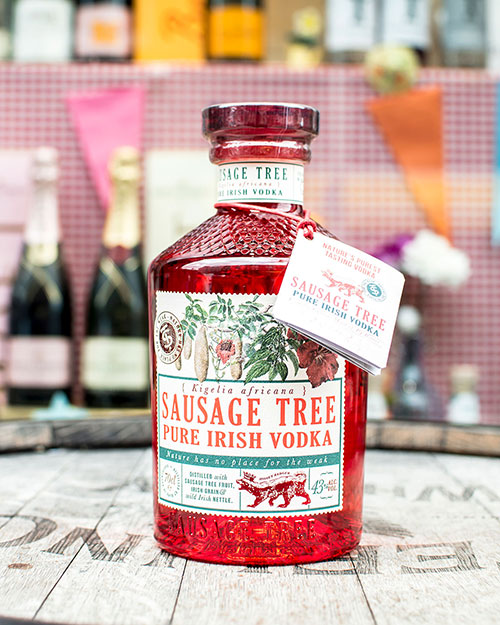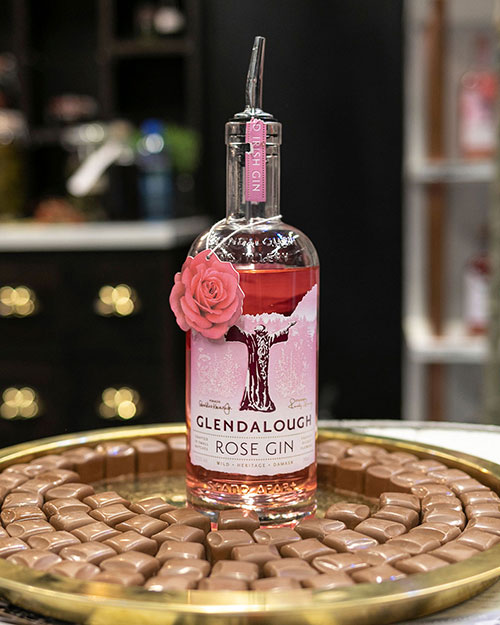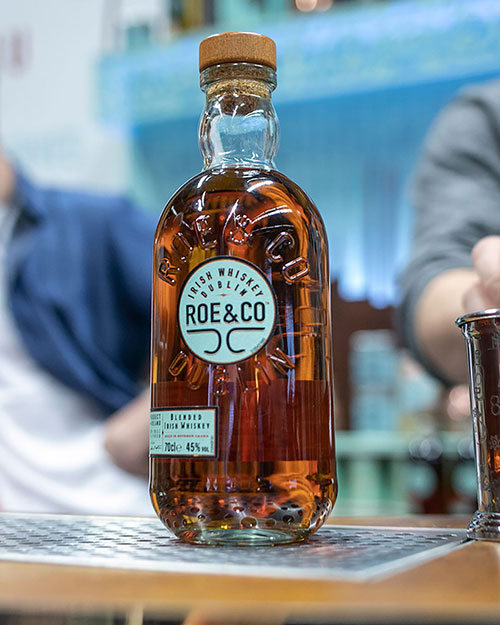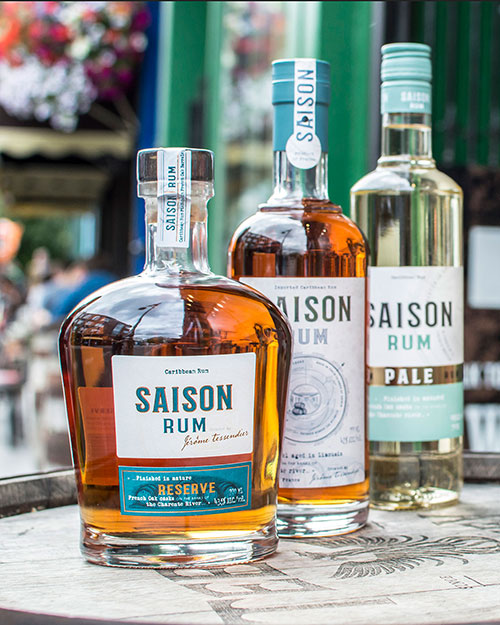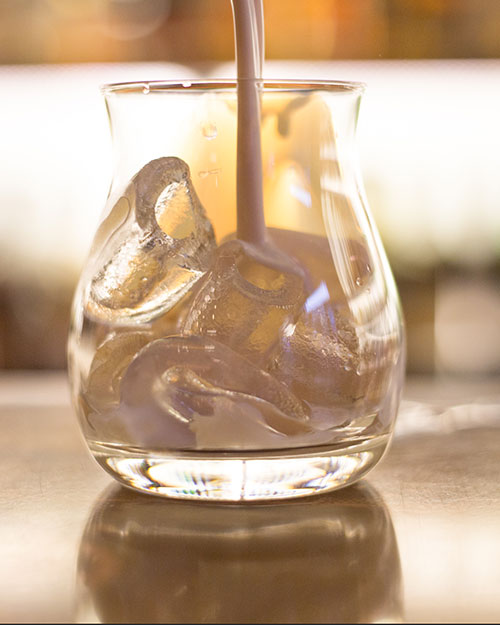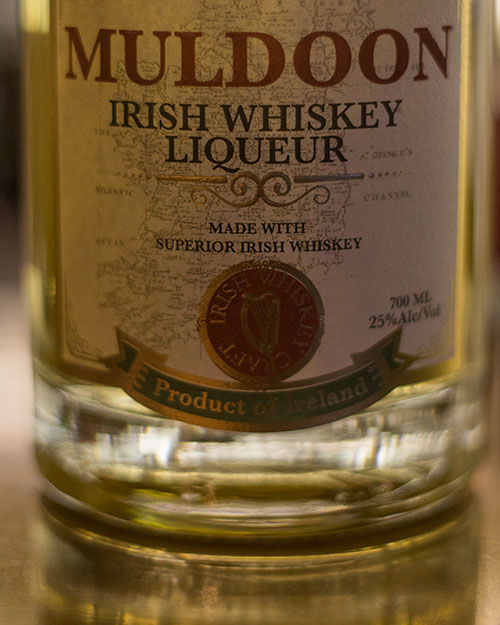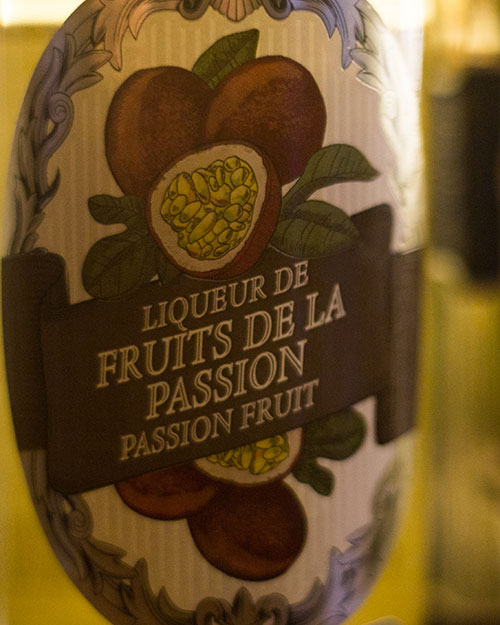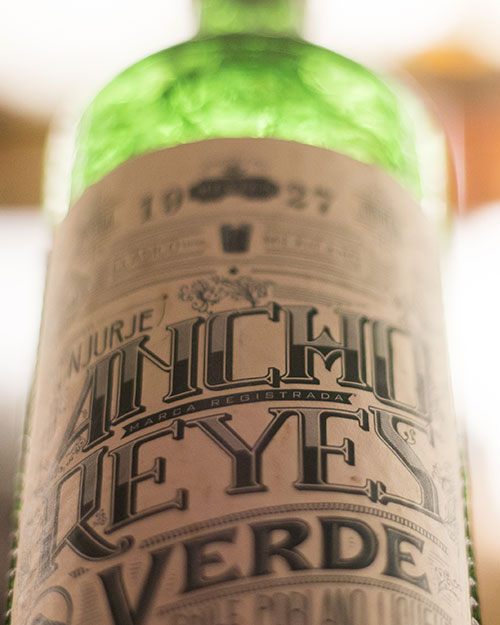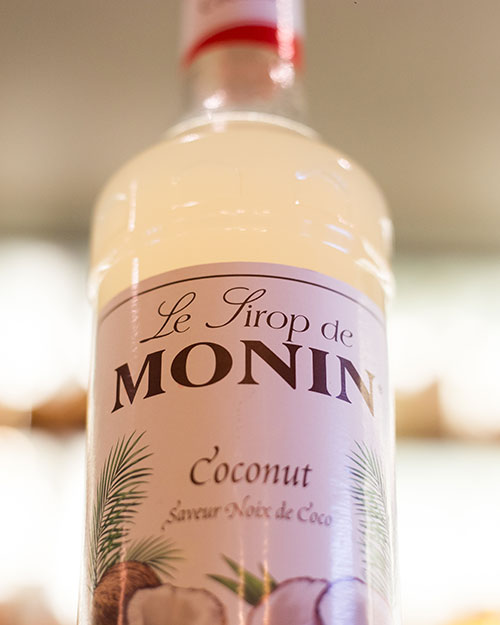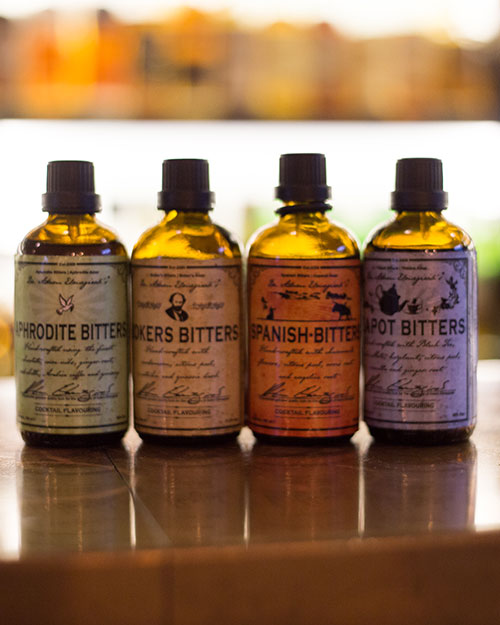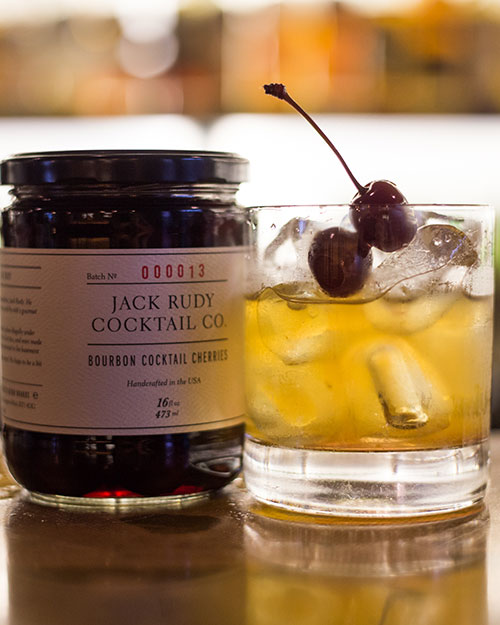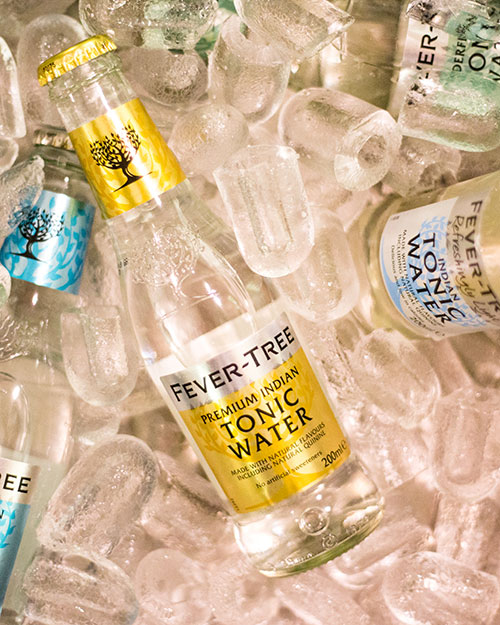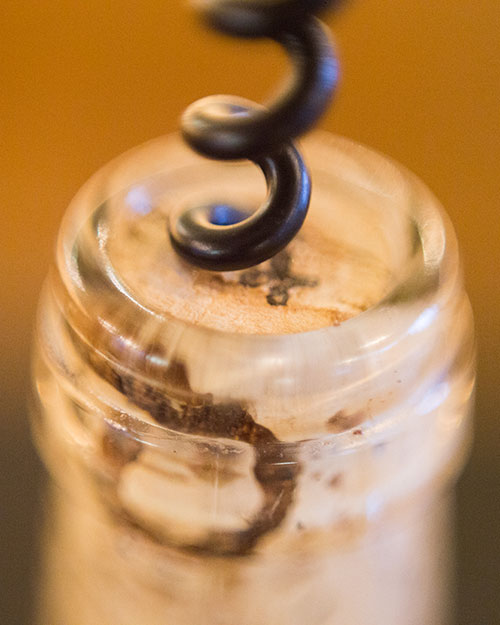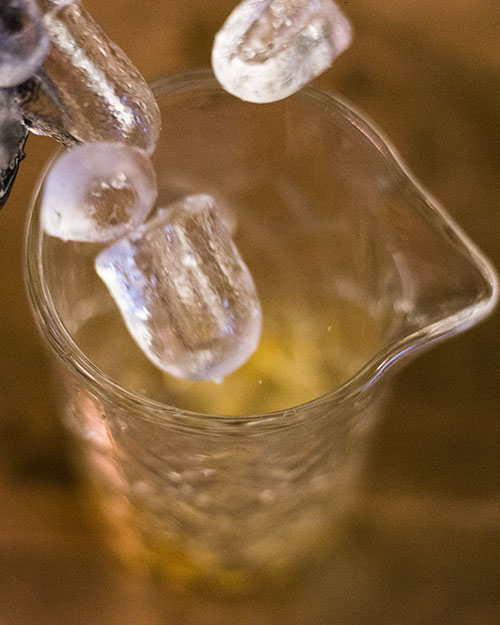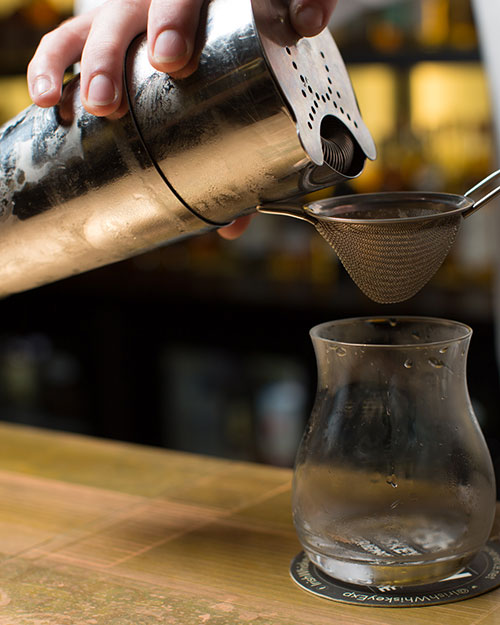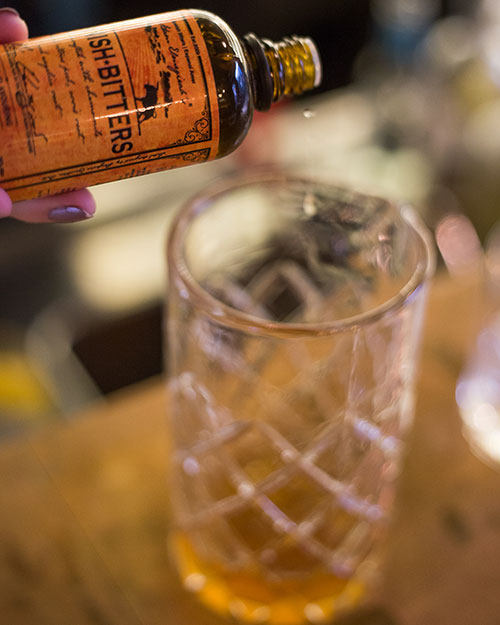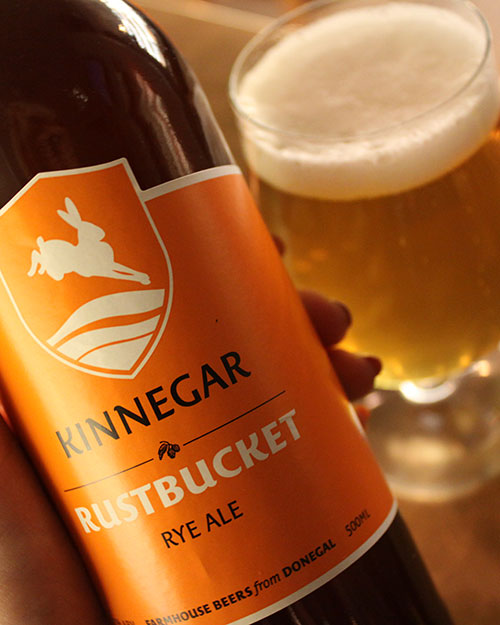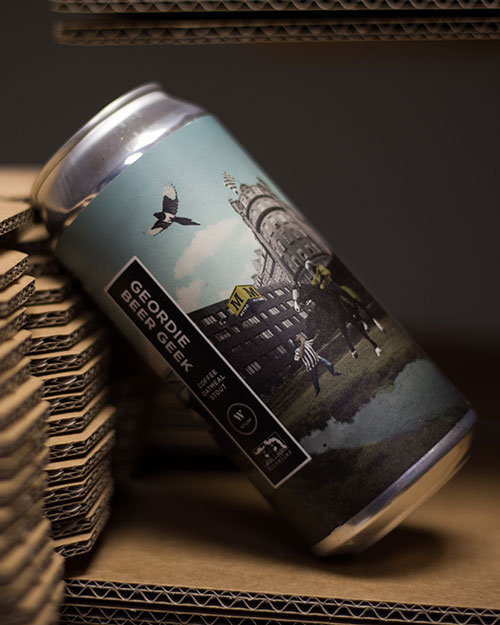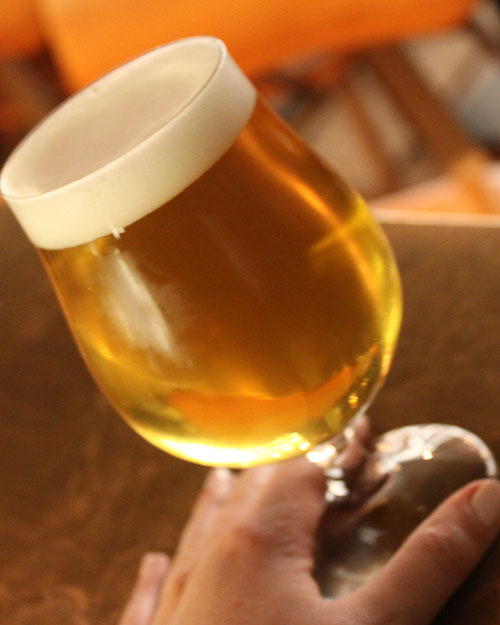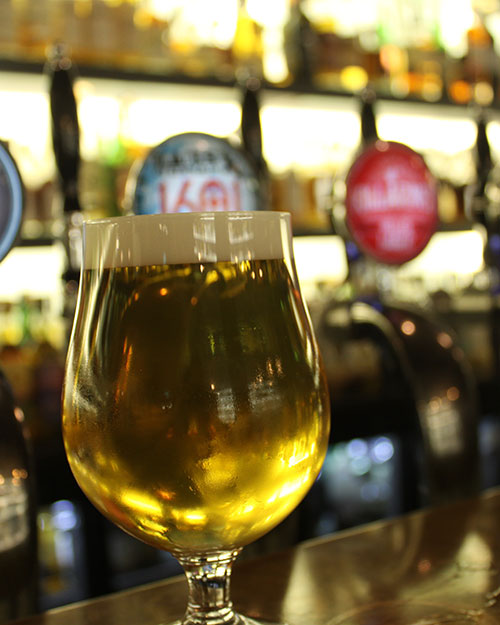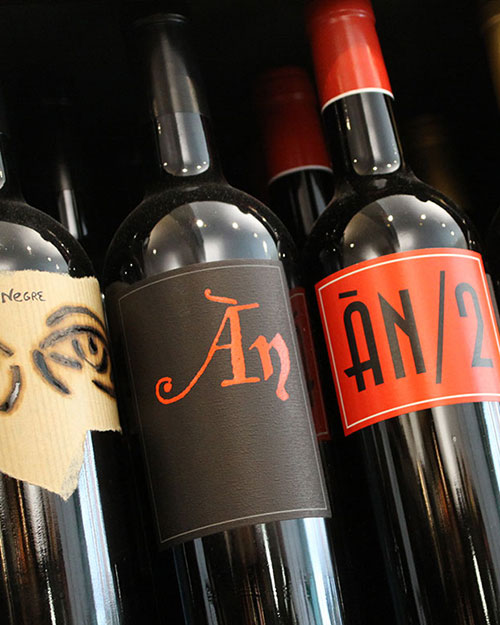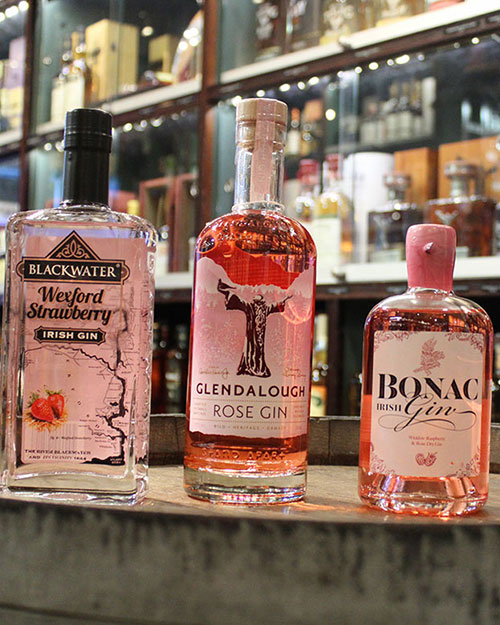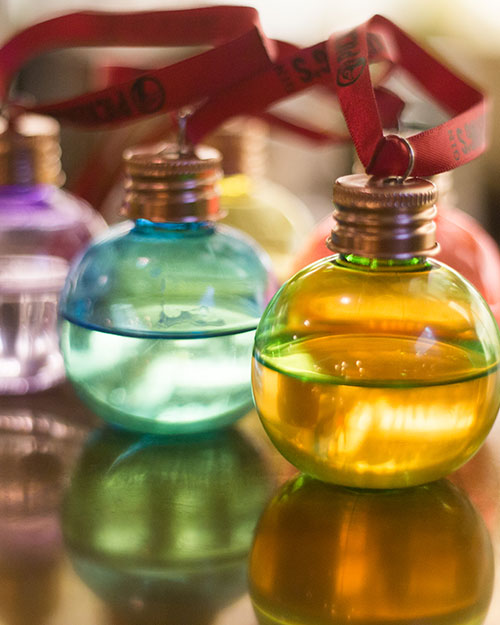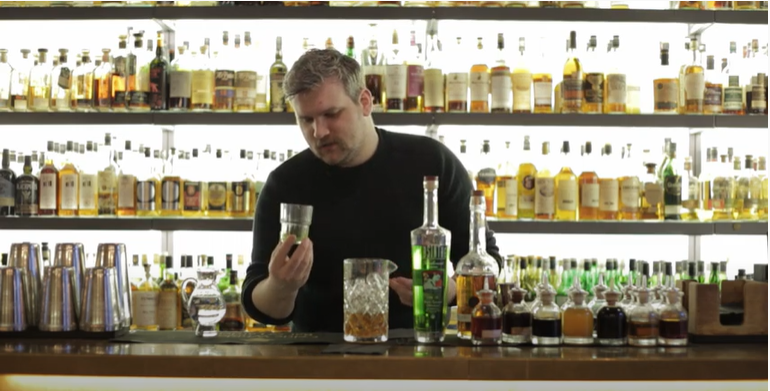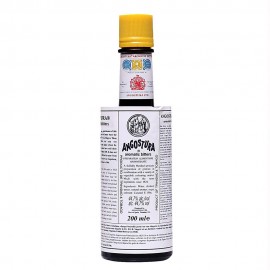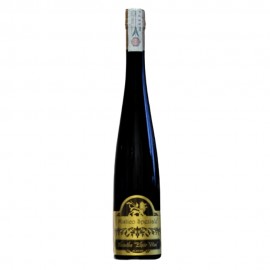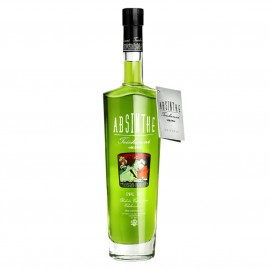All About Absinthe - The Historic and Mystified Spirit
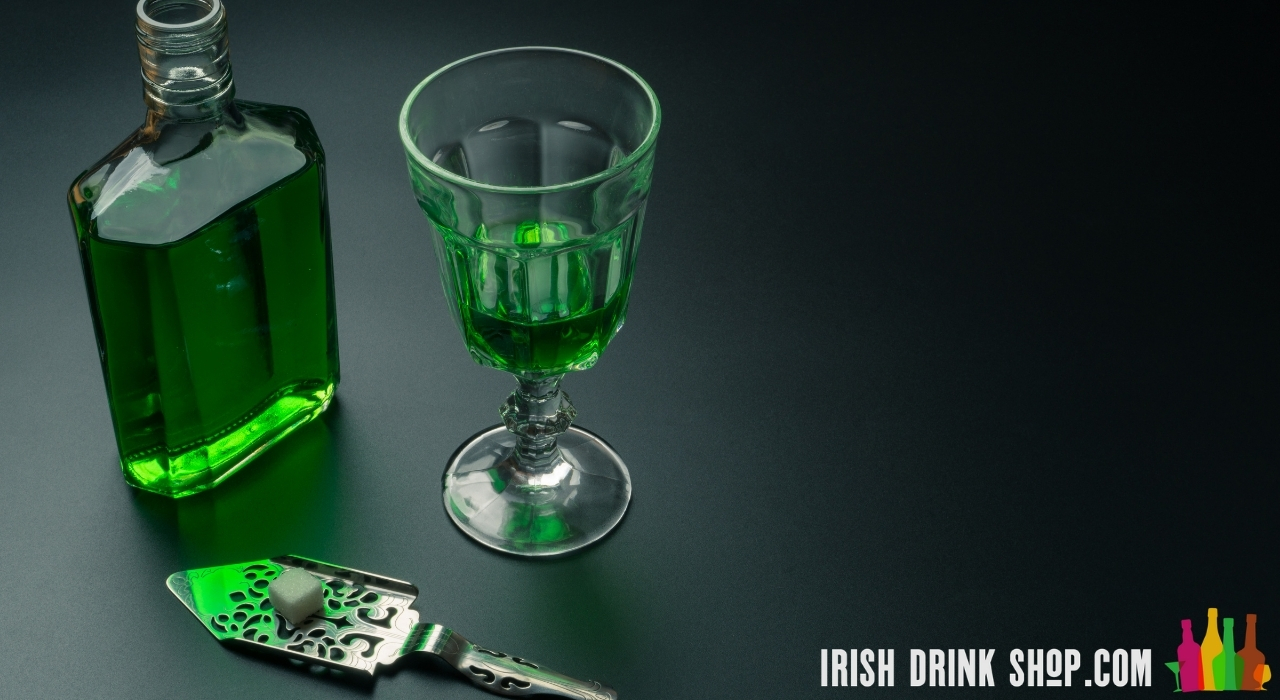
Oscar Wilde once described absinthe as "A glass of absinthe is as poetical as anything in the world. What difference is there between a glass of absinthe and a sunset?"
Absinthe is one of those mystified and sometimes misunderstood spirits, which many might shy away from. This can cause many to overlook the spirit’s rich history spanning back to the Belle Epoque (Beautiful Era) in Paris during 1871 - 1915. While Europe was undergoing a golden age of creativity and art, this spirit, which went under the name of le fee vert (the green fairy), was growing in popularity and considered a common muse at the centre of it all, influencing the greats such as Hemingway and Van Gogh.
But what is absinthe exactly?
Absinthe is a beautifully complex spirit with a very strong and powerful flavour and only takes a little splash to be noticed in a cocktail, such as the Sazerac, for example.
It is obtained by the maceration and then distillation of a mixture of herbs and plants (green anise, fennel, and large absinthe). There are many distilled versions and flavoured versions. These are distinguished as "green" absinthes, coloured by an infusion following the distillation, "white" absinthes (blue in Switzerland), or non-coloured, without additional infusion.
Typically, absinthe is considered an aperitif but can also be used in a handful of cocktails. The most defining feature of Absinthe is its brilliant, almost glowing herbaceous green shade. Though the spirit can be other shades or colourless, it is not colouring added, but rather the chlorophyll content in the wormwood that works as a colourant, giving the absinthe this brilliant and eye-catching colour. Most absinthe carries aromatic flavours like warm anise, supported by herbs such as sweet fennel, hyssop, and coriander. Others can be a little sweet or somewhat syrupy in texture and more akin to black liquorice.
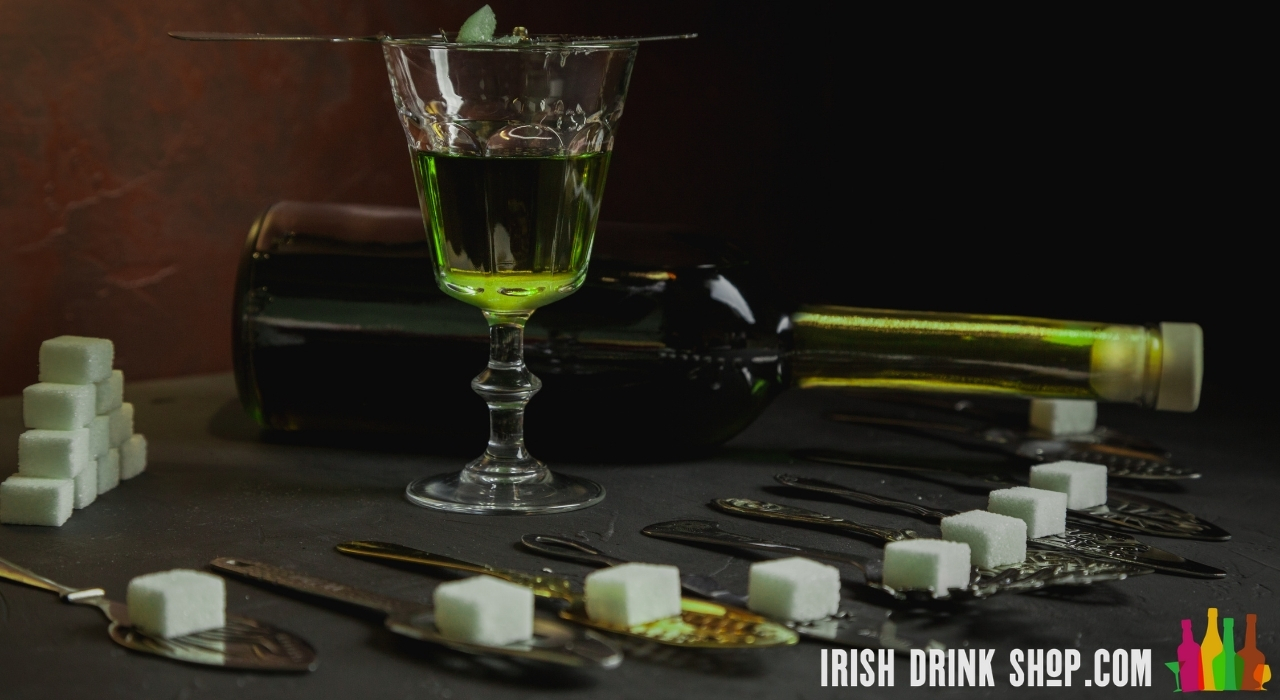
The History
Absinthe was first created in the 1790s by Pierre Ordinaire, a French doctor living in Switzerland. Absinthe, like herb liqueurs of the time, was made with the intent for it to be used as an alcohol-based elixir distilled to treat ailments like menstrual cramps and fevers. The medicinal properties of the bitter-tasting herb Artemisia absinthium, or wormwood can be traced back to the Greeks and Egyptians.
In 1797, a man named Major Dubied bought the recipe from Doctor Ordinaire and began manufacturing it in Couvet, Switzerland.
Absinthe was given to French troops as malaria preventative and by 1850, the popularity of absinthe skyrocketed. Due to demand from French troops, it soon found its way into local bars, bistros, and cabarets all around Paris, with the French five o'clock happy hour being known as l'heure verte or "the green hour."
By 1910, the French were drinking 36 million litres of absinthe per year and growing as a serious rival for French winemakers. It is alleged this is what led to fabricated claims and smear campaigns against absinthe to reduce its popularity. Either way, this led to the prohibition of liquor being written into law in many countries. Interestingly, after the French ban on absinthe, pastis emerged as a popular anise-flavoured liquor as the French public was still wary of absinthe following Prohibition. Pernod and Ricard adapted their recipes to exclude wormwood but have since gone full circle as they are now producing Absinthe again.
Today, many countries allow the production of absinthe since the repeal of Prohibition, with some countries producing absinthe which bears little resemblance to the original spirit.
Common misconceptions
There are a number of misconceptions about absinthe which have pertained since the Prohibition days. The most pertaining of these is that absinthe can make you hallucinate, which has been proven to be not true. While it contains very low levels of thujone and wormwood, it is rather the high ABV absinthe carries which gave this misconception legs.
Another misconception is that absinthe should be served with a flaming sugar cube. This started sometime around the 1990s. Although impressive, it is more used to distract from the fact that the absinthe will not louche and is, in fact, a cheap or imitation absinthe.
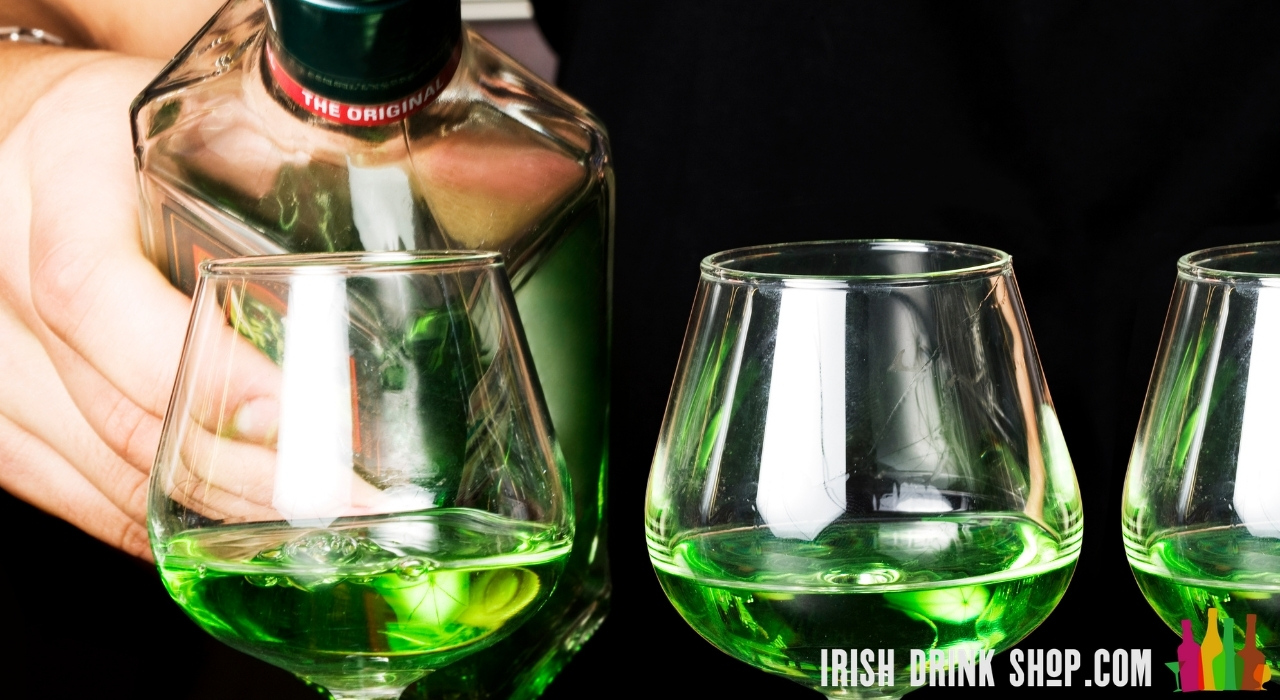
How to drink Absinthe
Absinthe is intended to be drunk diluted, and the best way to dilute the drink in keeping with its tradition is with an absinthe fountain.
To prepare, you will need: a glass of fine absinthe for each person, one absinthe fountain filled with chilled water, absinthe spoons, and sugar cubes. The serve is simple: place the spoon over a filled glass of absinthe with the sugar cube on it and sit it underneath one of the taps on the fountain. Slowly drip water over the sugar until it has dissolved. The hole and fancy cuts in the spoon will allow the sugar and water to drip through. You should aim to have about four to six parts water per one part absinthe. As the water hits the absinthe, a certain white cloudiness begins to occur (known as the louche). Allow the louche to rest and then leisurely enjoy your absinthe.
Absinthe in Cocktails
Though there are many ways to serve absinthe, below are a few cocktails we recommend trying.
Chrysanthemum
A deliciously sweet and complex cocktail which features an exciting twist of anise from the absinthe. Simple yet captivating.
Ingredients:
• 1 teaspoon Mistico Speziale Absinthe
• 2 tablespoons Benedictine liqueur
• 1/4 cup Dolin Chambery dry vermouth
• 1 cup ice cubes
• 1 thin strip of orange peel
In a cocktail shaker, stir together the absinthe, Benedictine liqueur, and vermouth. Add ice and stir for one minute, then strain into a martini glass. Squeeze orange peel over the drink, making sure the oils fall into the glass. Drop the orange peel into the drink and serve.
Dorflinger
A classic cocktail from the Pre-Prohibition days made from just three ingredients!
Ingredients:
• 60ml Plymouth Gin
• 30ml La Fée Blanche
• Dash of Angostura Orange Bitters
Gather the ingredients. In a cocktail shaker filled with ice, pour the gin and absinthe. Stir well. Strain into a chilled cocktail glass. Add an extra dash or two of orange bitters to taste. Serve and enjoy!
Sazerac Cocktail
A cocktail that needs a little introduction! Tasty with a good amount of depth and complexity, accentuated by the liquorice flavours from the absinthe.
Ingredients:
• Teichenne Absinthe Green to rinse
• 1 sugar cube
• 1/2 teaspoon cold water
• 3 dashes of Peychaud’s bitters
• 2 dashes of Angostura bitters
• 50ml Sazerac Rye Whiskey
• Garnish with lemon peel
In a mixing glass, muddle the sugar cube and a drop of water to help it dissolve and then add the Peychaud’s and Angostura bitters. Stir generously. Add the 50ml rye, fill the mixing glass with ice, and stir until well-chilled. Rinse a chilled rocks glass with absinthe, discarding any excess, and set aside. Strain into the prepared glass. Twist the lemon peel over the drink’s surface to extract the peel’s oils, and then garnish with the peel.
Want to see how we made it? Then be sure to click below to view our own Luke Crowley Holland General Manager from Celtic Whiskey Bar and Larder make us a classic Sazerac!
We hope this blog helped demystify Absinthe and make this historic spirit more approachable. We offer a wide range of Absinthe in Irish Drink Shop, from Pernod, Mistico, Teichenne, Jacques Senaux, La Fee, and Francois Guy.
As with any spirit, be sure to enjoy responsibly.
Want great offers and tons of inspiration? Join our mailing list and we’ll keep you posted about our latest news and offers. Join here at: http://eepurl.com/hhIkv5 (you can unsubscribe at any time).

